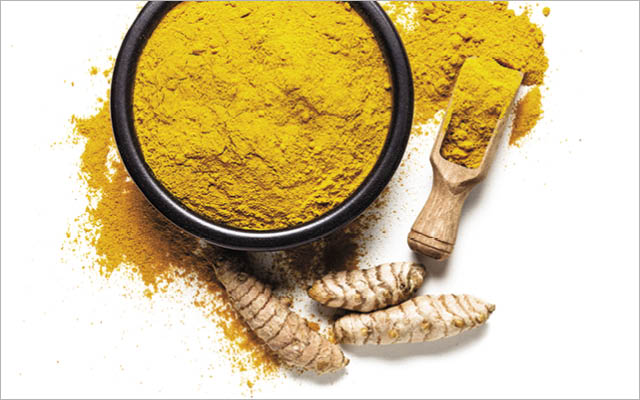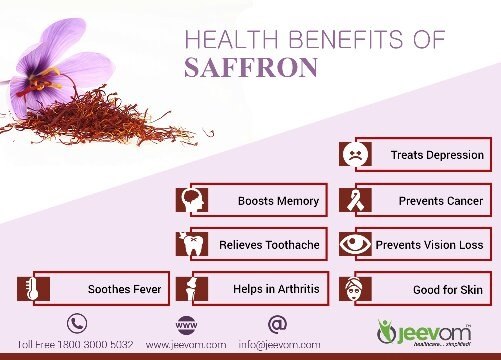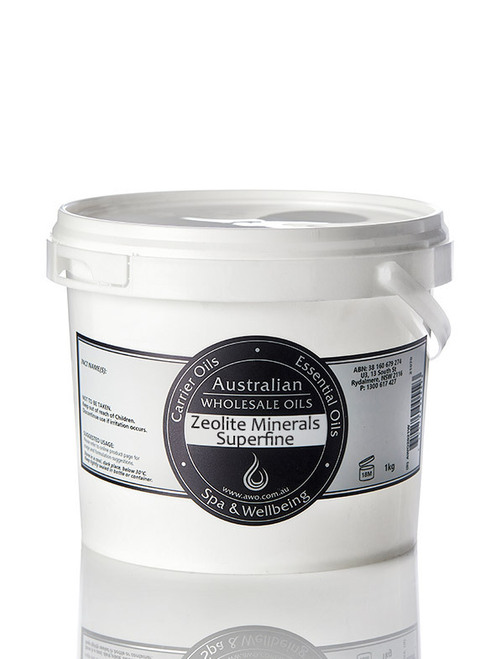
Your heart health is an important concern. There are many healthy foods that you can incorporate into your daily life. You might also want to consider avocados, tomatoes, and other healthy foods. These foods are high in nutrients like vitamin C and potassium as well as flavonoids, vitamins, vitamin C and folate. The best way to make the most of your fruit is to eat it whole. Tomatoes are an excellent source of antioxidants like beta-carotene, lycopene, potassium, folate, as well as fiber. They are also a good source of antioxidants and have been linked to cardiovascular disease.
Oranges are great for the hearts. They contain high levels of flavonoids, which have antioxidant properties. Flavonoids are known to reduce blood pressure and protect against atherosclerosis. They also contain fiber and potassium. You should choose oranges with large navels unless you are allergic to citrus fruits. It's best to eat oranges that are not overly ripe to avoid potential heart problems. They contain flavonoids that help lower blood pressure.
Beans are another food that is great for the heart. Research has shown beans have the ability to lower blood pressure and increase cholesterol. You can find beans in many recipes, including chocolate baked goods and black bean dip. Swiss chard, another leafy green, is also good for your heart. The chlorophyll in this vegetable helps regulate blood pressure and cholesterol. It is also high in fiber which is good news for your health. Whole wheat flour is better than all-purpose when you make banana bread.
Asparagus is a great source of vitamin C and a potent antioxidant. Although you can eat it raw, or cook it, you'll be able to enjoy it even more if you mix it with other fruits and make a fresh fruit mixture. Acorn squash, spinach, and cantaloupe are all great heart-healthy options. Acorn squashes are rich in beta-carotene as well as lutein. They also have high levels of folate and B-complex vitamins.
Berry is another good food for your heart. High levels of fiber and antioxidants make it one the most heart-healthy foods. Particularly blueberries, strawberries, and raspberries are high in anthocyanins. This lowers blood pressure and supports blood vessel function. Drinking one cup per day of these berries can reduce your risk for cardiovascular disease by up to 15% These foods are delicious and you can enjoy all the benefits.

Almonds can also be a great food for the heart. These nuts are versatile and simple to prepare. You can add them to yogurt or salad. You can also add them salmon, quinoa, or rice. You can add almonds to any of your favorite dishes, such as salads and yogurt. These nuts should be enjoyed in moderation. They are high in calories and saturated fat, so they should be avoided in large quantities.
Another heart-healthy option is legumes. These include beans, black-eyed and lentils. They contain high amounts of soluble fiber, which lowers cholesterol and triglycerides and lowers the risk of cardiovascular disease. They also have low levels of saturated fat, which can help lower cholesterol. Low-fat foods are best for heart health.
Apples are also a great food for your heart. These fruits are high in fiber and polyphenols that can lower blood pressure and prevent heart disease. These antioxidants help reduce the risk of stroke and heart disease. The skin of an avocado is the best part. It has a lot more nutrients and fiber than the flesh, so it's best to eat it daily. The most nutritious part of an apple's skin is its skin.

Whole grains are rich in omega-3 fatty acid. They lower systolic blood pressure, and reduce the risk of heart disease. Popcorn is another great source. Pop popcorn that has been air-popped to reduce sodium. You'll be amazed at the amount of goodness it can provide. It's difficult to imagine what you will have to do with it, but try to avoid processed and fried foods.
FAQ
How can leftovers be stored in the most efficient way?
Leftovers are usually stored in Tupperware containers. These containers preserve food freshness and stop odors from developing. They keep foods warmer for longer. Leftover food can be frozen in freezer bags. To prevent air from escaping, freeze food in a bag. Once the food is frozen place it in an airtight container, such as a zip lock bag.
How do I get hired as chef?
A culinary arts degree is the first step to a career as a chef. Next, you should join a professional association such as the American Culinary Federation (ACF). This organization offers certification exams, as well networking opportunities.
How much does culinary school cost?
The cost of a culinary school depends on where you are, how much you study, and what program or course you choose. Tuition costs range from $10,000 to $30,000. Most students graduate with approximately $20,000 in debt. Some programs offer scholarships, grants, or work-study opportunities.
What are some of the benefits of using slow cookers?
Slow cookers allow you to make delicious meals with minimal effort. Slow Cooker Recipes are often healthier than traditional recipes because they require less oil and fat. Slow cooker recipes are also convenient as they can take care of themselves while your sleep.
How long does it take for you to learn to cook? How much time do I need?
It depends on your level of skill. Some people can pick up basic cooking techniques within a day or two. Others might take months or years before they feel confident enough to teach themselves how to cook.
There are many factors that affect the time required to learn how cook. For example, someone who has never cooked before would probably need more time than someone who cooks regularly. Different types of cooking require different amounts of experience. Baking is more difficult than frying.
If you want to learn how quickly you can cook, you should focus on learning a specific technique. Once you've mastered that technique, move on to another one. Don't worry too much about the exact number of days or weeks it takes to learn to cook. Keep practicing and enjoying the process.
Statistics
- According to the BLS, chefs earn $58,740 a year. (learnhowtobecome.org)
- In the United States, the category is estimated at $23.2 billion annually and is growing faster than the market. (washingtonpost.com)
- You'll be amazed that over 90% of CIA students receive scholarships and grants to finish their culinary studies. (ischoolconnect.com)
External Links
How To
How to cook your steak
The thickness of the meat determines the best cooking method. Thicker steaks cook best at low heat. Thicker steaks require higher temperatures.
Don't overcook them as they will lose flavor. Don't forget to take the steak out of the pan once it's finished. This will ensure that you don't burn your self.
Cooking time will depend on the size of your steak and the desired level of doneness. These are some guidelines:
Medium Rare: Cook until medium-rare, which is when the internal temperature reaches at least 145degF (63degC). This can take anywhere from 3 to 5 minutes per side.
Medium: Cook to medium (or until the internal temperature reaches 160degF/71degC). This takes approximately 6 minutes per side.
Good Cooking: Cook the meat until it is done. This means that the internal temperature reaches 180F (82C). This usually requires 8 to 12 minutes per side.